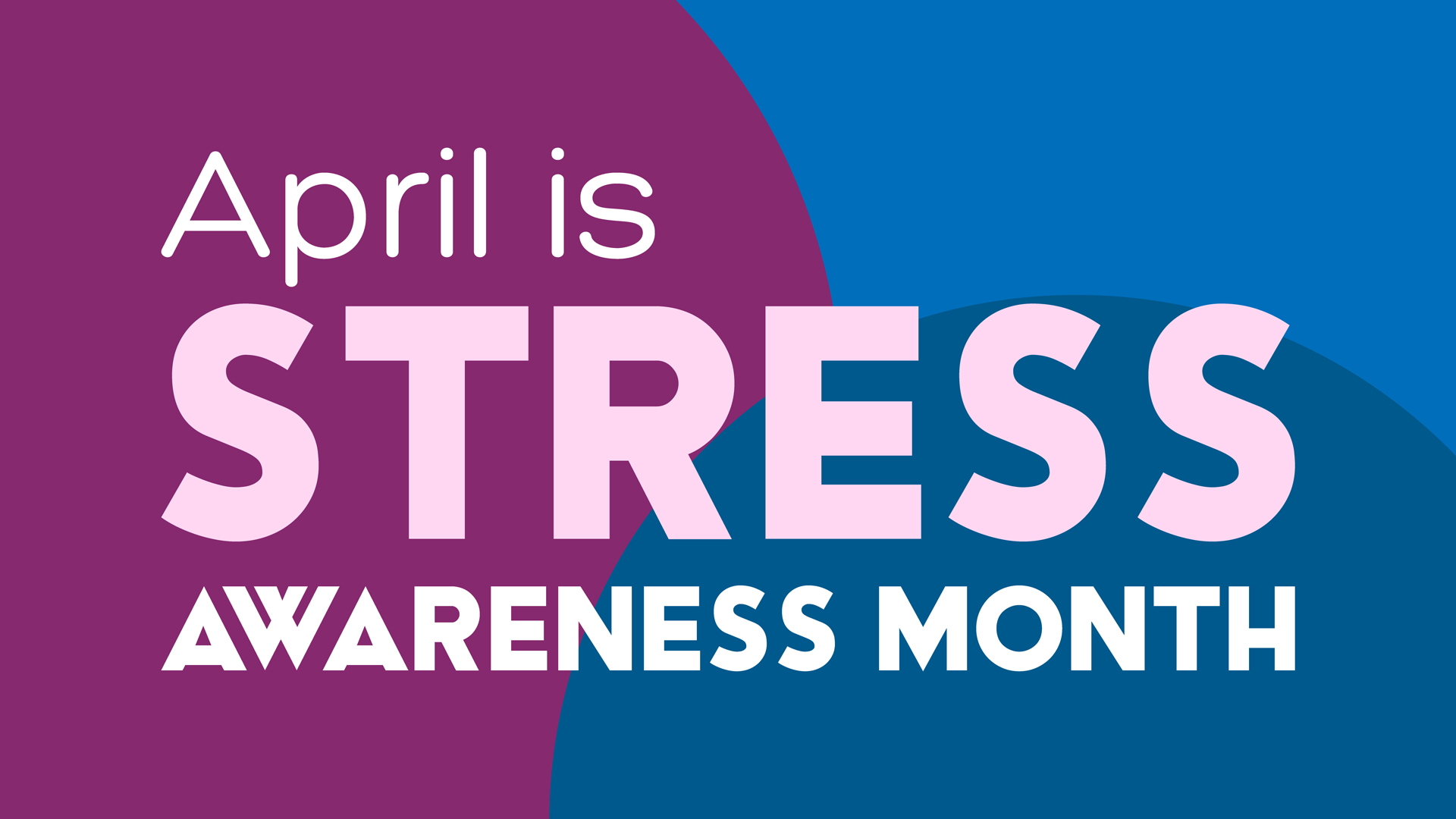April is National Stress Awareness Month and Luke Smith offers some timely advice on the cost of stress to organisations and suggests three ways to reduce its impact on your people and productivity
Champion Health’s Workplace Health Report surveyed UK professionals about stress. One of the most alarming findings was that “76% of employees report moderate-to-high or high levels of stress.”
Thirty-four per cent of these individuals said their stress levels were moderate while 26% said they were moderate to high. Although there is a such thing as positive stress, that isn’t what these professionals were referring to.
Instead, they’re talking about the kind of stress that makes one exhausted, unhappy, and ineffective in the workplace. This can be detrimental to your company culture if you let it fester. But if you can mitigate it, you, your business, and your employees will thrive.
Improper workflow can be incredibly destructive to employee mental health.
Stress can let company culture down
When over 1,000 UK employees were asked about employment in a recent survey, 57% said they valued workplace culture over salary when it came to job satisfaction. In addition, 62% said it was a factor in them staying at a company.
It’s safe to say that your company culture will help convince top talent to take a role at your company and stay there long-term. So, a workplace environment plagued with stress isn’t going to cut it.
Chronic stress can negatively impact employees and workplace culture in various ways. For example, stress can impact workplace safety. When employees are stressed, they’re less attentive. Because of this, they may fail to read important instructions for working a machine. This could lead to a malfunction or mistake that injures themself or a coworker.
Chronic stress can also lead to: lack of engagement, reduction in productivity, poor communication, inadequate decision-making, absenteeism or presenteeism, persistent unhappiness and quiet quitting
When there is a group of highly stressed employees in the workplace, it doesn’t create the positive, supportive culture organisations want. Instead, the culture is overshadowed by relentless negativity that would eventually push out even the most loyal employee.
Putting in the effort to help employees de-stress can revive any company culture. Less-stressed employees are inspired and productive – happy to come to work and put their best foot forward. The are also more likely to form genuine relationships with coworkers and managers that ultimately elevate the team’s workflow.
There’s clear evidence that reducing, or if possible, eliminating employee stress is an advantage to leaders and managers.
Help eliminate employee stress
Ready to rid your workplace of a toxic culture and help eliminate employee stress? Implement the following three tips.
1. Differentiate positive stress from harmful stress
Most people think stress is all bad. But there is a such thing as positive stress. Positive stress is the kind of stress that gives you the small push you need to keep moving forward, whether completing a complex work project or conquering a personal fear.
Believe it or not, your employees need positive stress to excel in the workplace. The key is differentiating it from harmful stress. Harmful stress is a chronic, overwhelming feeling of concern and fear that negatively impacts how you think and behave.
Teach your employees about both kinds of stress. Train them on how to deal with both. This means sharing healthy coping mechanisms for negative stress, such as breathing techniques and taking breaks. Also, teach them how to harness positive stress by conquering challenges.
2. Establish a proper workflow
An improper workflow can be incredibly destructive to employee mental health.
An improper workflow is disorganised; it is when tasks are done in a disjointed way. That leads to unmanageable workloads and insufficient support for employees. This negatively impacts their mental health and causes their stress levels to increase.
On the other hand, a proper workflow can make all of your employees’ lives easier. There’s an organised structure for completing projects and tasks. Employees can count on support from their coworkers and managers. In addition, roles and responsibilities are clear. This creates a less stressful work environment that fuels productivity.
Establish a proper workflow for your team. Start by auditing your current processes. Determine which tasks would benefit from automation and implement those tools.
Take the remaining processes and comb through how they play out from start to finish. Pinpoint where improvements are needed in these processes. Then, lay out what tools and training are necessary to enhance these parts.
It takes some time to finetune workflows but it’s worth the effort.
3. Grant employees some autonomy
Flexibility is critical in helping your employees de-stress. There’s nothing more stressful than a rigid work schedule and heavy workload that doesn’t allow a healthy work-life balance. Grant your employees some autonomy instead.
People feel a lot better knowing they won’t be punished for needing a day off or coming in late. They’ll also be happy knowing they can tend to their life outside of work. This also reduces tension in the workplace too.
Grant your employees some autonomy with flexible scheduling and by giving them a say in their work responsibilities.
Offer fully remote and hybrid scheduling options. Allow employees to choose their start and end times. Give them the flexibility to take a day off or leave early when they need to.
Regarding work responsibilities, meet with each employee to talk about the kind of work they want to do. Put them on meaningful projects and give them the chance to choose daily tasks that help them hone their skills.
Conclusion
If stress is killing your company culture, you aren’t alone. Many businesses have teams with stressed employees that are poisoning their company cultures with negativity, disengagement, and unhappiness. Your team and company culture doesn’t have to be like this. Follow these simple steps to ensure your employees are de-stressed, happy, and productive in the workplace. A positive, supportive company culture will be the result.
Luke Smith is a freelance writer




